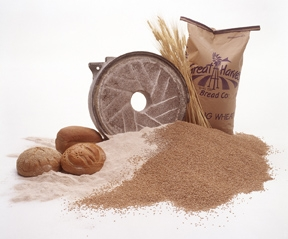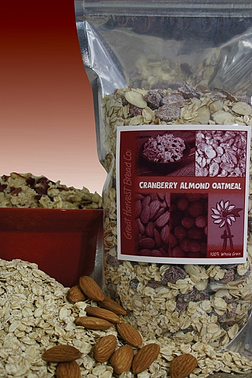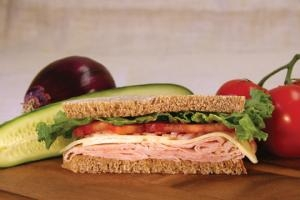High Five for High Fiber!
We’ve all found ourselves or those around us suppressing immature giggles as commercials promoting fiber and regularity dance across the television screen. Sure, irregularity is one of the major problems in which fiber is a huge factor in resolving. But what else can fiber do for you? Let me tell you.
To start, the National Academy of Sciences Food and Nutrition Board defines dietary fiber as a carbohydrate inherent in plants that is unable to be digested and absorbed in the human small intestine. Functional fiber is carbohydrate also unable to be digested or absorbed, but has been isolated, extracted, or manufactured and has been shown to have beneficial physiological effects in humans. Fiber is primarily found in the cell wall of plants and works to give the cell its structure. There are many specific fibers with a wide array of functions but let’s focus on the two main subgroups.
Soluble and Insoluble
You may have heard of soluble and insoluble fibers, but what do they actually mean in terms of you and your health? Soluble fibers are fibers that dissolve in warm water. These fibers form a gel in your gastrointestinal tract when they mix with water in your gut. Naturally, gel moves slower than typical stomach contents and as a result delays gastric emptying. This slows the release of stomach contents to the rest of the digestive tract and also results in a slowed movement of these contents through the entire intestine. This slowing results not only in a sensation of feeling full longer—which can aid in weight maintenance—but also in a delayed digestion of nutrients. This delayed digestion and absorption of nutrients affects the increase in blood sugars and can actually aid those with diabetes in controlling blood glucose.
 Insoluble fibers, those unable to dissolve in water, also offer beneficial effects. These fibers actually speed up the passing of contents through the intestine and add bulk to your feces. This speedy transit time through your body can actually decrease nutrient absorption which also can aid in controlling blood sugars. These are the fibers that are ever so helpful in times of constipation and irregularity. The fiber found in wheat bran (found in 100% whole grain products) tops the charts as an effective laxative because of its ability to absorb water. This incredible absorption of water gives you fecal bulk and thus regular consumption of wheat bran can make you a bit more regular yourself.
Insoluble fibers, those unable to dissolve in water, also offer beneficial effects. These fibers actually speed up the passing of contents through the intestine and add bulk to your feces. This speedy transit time through your body can actually decrease nutrient absorption which also can aid in controlling blood sugars. These are the fibers that are ever so helpful in times of constipation and irregularity. The fiber found in wheat bran (found in 100% whole grain products) tops the charts as an effective laxative because of its ability to absorb water. This incredible absorption of water gives you fecal bulk and thus regular consumption of wheat bran can make you a bit more regular yourself.
Both types of fiber also have an interesting effect on blood cholesterol levels. The fiber you ingest actually binds to fatty acids, cholesterol, as well as bile within your GI tract. This disables their absorption and causes these components to actually be excreted in the feces. This causes a drop in the amount of bile acids reentering the liver which are needed to digest fat. Cholesterol is used to create this bile and is thus taken out of the blood and brought into the liver to amp up the amount of bile in your GI tract and further drops your total cholesterol.
Fiber has been shown to help ward off and or control ce rtain diseases including diverticular disease, gallbladder disease, irritable bowel syndrome, colon cancer, breast cancer, and obesity. So try mixing a slice of Great Harvest High Five Fiber bread with some fruit as a snack, make a sandwich loaded with veggies using any of our 100% whole grain breads, or try our oatmeal with sliced bananas to load up on fiber. Consuming fiber from an array of food sources including fresh fruits and vegetables, whole grains, and legumes helps you to achieve the vast expanse of benefits from a variety of dietary fiber and also nourishes your body with additional nutrients.
rtain diseases including diverticular disease, gallbladder disease, irritable bowel syndrome, colon cancer, breast cancer, and obesity. So try mixing a slice of Great Harvest High Five Fiber bread with some fruit as a snack, make a sandwich loaded with veggies using any of our 100% whole grain breads, or try our oatmeal with sliced bananas to load up on fiber. Consuming fiber from an array of food sources including fresh fruits and vegetables, whole grains, and legumes helps you to achieve the vast expanse of benefits from a variety of dietary fiber and also nourishes your body with additional nutrients.
What are you are doing to bulk up the fiber in your diet?



